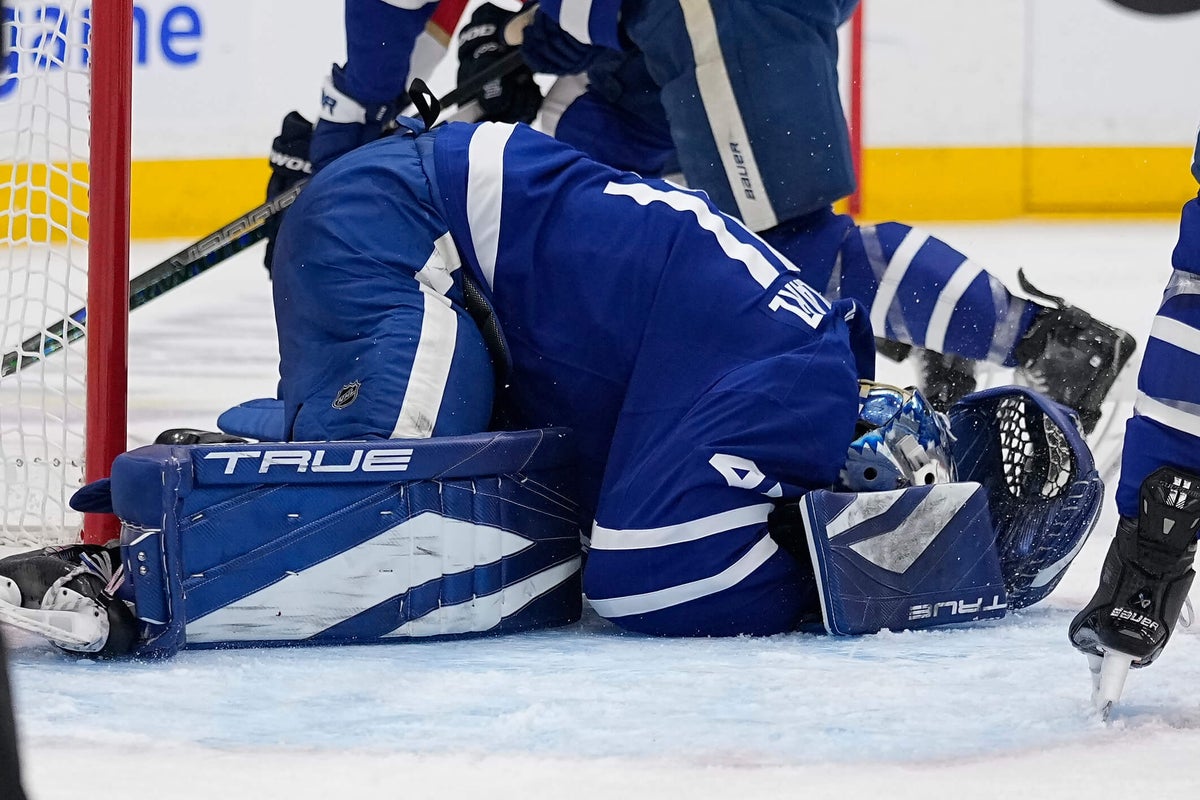

TORONTO — We had this debate in Round 1, on a lesser scale, when a physical player went hard to the net, hit the goalie in the head and knocked him out of the game.
Officials initially called a five-minute major, then had a look at the replay and wiped the penalty off the board.
Carolina Hurricanes head coach Rod Brind’Amour, who played almost 1,500 games in the league, was flabbergasted. In a league where protecting goaltenders has ostensibly become a newfound priority, with goals called off over any contact in the crease, he wondered: Where was the protection here?
Advertisement
How did this play make sense as one that’s allowed when so many in the blue paint are not?
“If that (puck) goes in, it’s 100 percent goalie interference,” he said. “There’s clearly contact, and you’re not really supposed to go in (the crease).”
The play — New Jersey Devils forward Timo Meier barreling in on Frederik Andersen — wasn’t the same as what happened on Monday night in Toronto, when Florida Panthers agitator Sam Bennett subtly shoved his forearm into Toronto Maple Leafs netminder Anthony Stolarz’s head.
Stolarz initially appeared shaken up and talked to a team trainer during a break in play, but he didn’t leave the game right away. Only later, after he vomited at the bench, was he pulled from the game.
He later ended up on a stretcher and was taken to hospital for evaluation.
Unlike in New Jersey that night, there was no penalty called here in Game 1. It was overlooked by the officials, with Bennett’s “gift” for playoff hockey’s dark arts paying off again for his team.
Panthers coach Paul Maurice responded to reporters’ questions about the hit by saying, “The ref was standing right there when it happened,” and declining to elaborate beyond insinuating a media circus was about to erupt.
Leafs coach Craig Berube was more direct.
“Elbow to the head,” he said. “Clear as day… I’m not sure why there’s not a call on it.”
Unfortunately, hockey fans know the answer.
We are 17 days into the NHL playoffs. Already there has been a parade of players who have been hit in the head and had to miss games. Some of those plays resulted in suspensions. Some resulted in nothing.
What infraction leads to which result is often ambiguous in this league. Even when it involves a goaltender, in his crease, being hit in the head. Even when there’s been a major crackdown on contact with goalies, who are often defenseless in their creases when trying to make saves. Even with the added benefit, in many cases now, of replay for officials.
Even when the multiple former NHL players in the building watching this game — some of whom I chatted with after the game — all agreed what Bennett did was intentional.
Bennett absolutely knows what he’s doing here with the accidentally on purpose head shot https://t.co/tKp92vJYWE
— Carlo Colaiacovo (@CarloColaiacovo) May 6, 2025
This play is going to be debated into the ground here in the next 48 hours before Game 2. It will be a circus because this is Toronto and the spotlight burns brighter than an early-round Hurricanes-Devils game.
But the reality is this comes down to what this league wants to be.
Bennett already has a history of seriously injuring players in the postseason — Matthew Knies in 2023, Brad Marchand last season — and every time it’s been because of a play deemed to be on the right side of hockey’s arbitrary “line” of what level of brute physicality is allowed.
Advertisement
He wasn’t suspended for either of the first two plays. He will likely not be suspended for this one, but I think he should be.
The concern from hockey’s traditionalists — including, it seems, many employed by the league — is that if there’s more of a crackdown on these plays, hockey will become “soft” and therefore lesser.
The concern from everyone else is, appropriately: Why are so many talented players getting concussed by elbows, forearms and shoulders to the head and the transgressors getting very little in terms of punishment? Is finding the line between clean and dirty hits, and pushing the envelope until it is stuffed full, part of the ultimate path to winning in the playoffs? Is the way to beat a physical team like the Panthers to attempt to, literally, beat them? And are the stars who get hurt along the way collateral damage?
Is that what we want the sport to be about? Maybe for some it is.
The NHL has made significant strides when it comes to concussion prevention and treatment. There are far fewer fights and blindside hits than even a decade ago. They have introduced the quiet room concept, where concussion spotters work to pull players off the ice in the middle of games if they appear distressed, something that would have been unthinkable 20 years ago.
But the final step is to stop rewarding players and teams who learn to live in the game’s grey area and use the leeway they’re given to make plays that hurt.
Personally, I think the traditionalists’ fears are misplaced. Hockey will always be a punishing sport at this level. It will always be a unique blend of strength and finesse, power and grace. There will always be danger inherent in it — and within the confines of the rules, that’s okay.
What it doesn’t need to be is reckless and stupid, and that’s unfortunately where we’ve landed a few too many times already in these playoffs, a little more than two weeks in. And a few more scattershot one-game suspensions are likely not going to change all that much.
If we even get those.
(Photo of Anthony Stolarz: John E. Sokolowski / Imagn Images)
This news was originally published on this post .





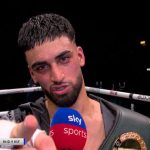
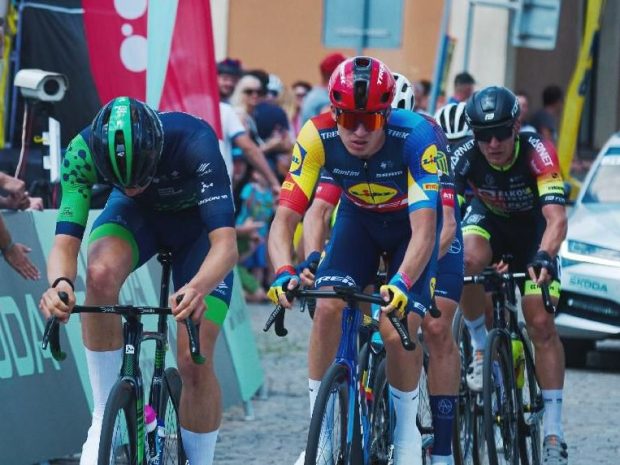
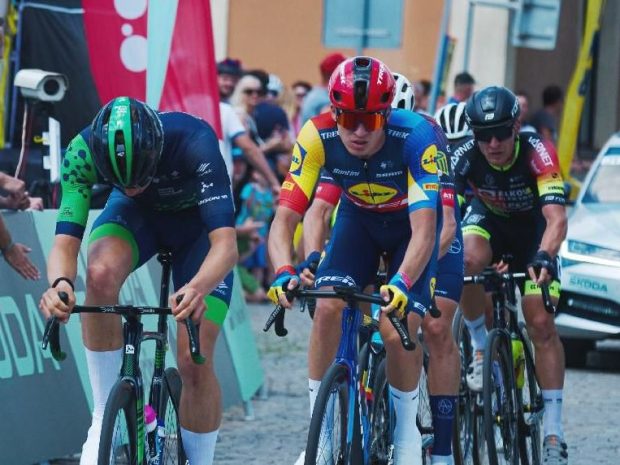


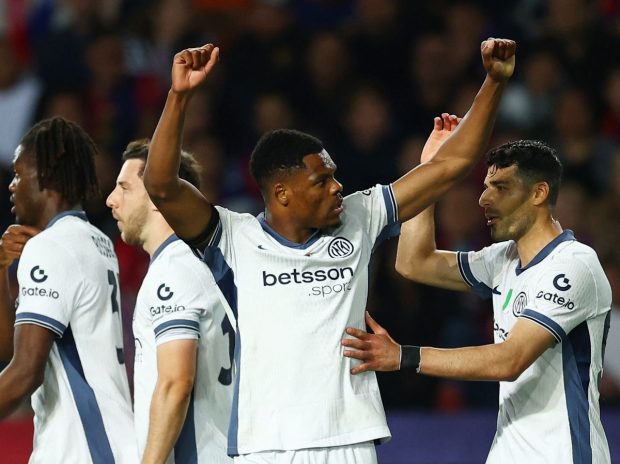
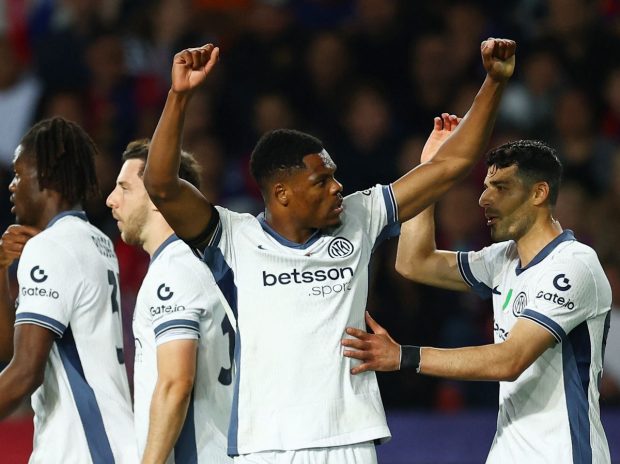
Be the first to leave a comment